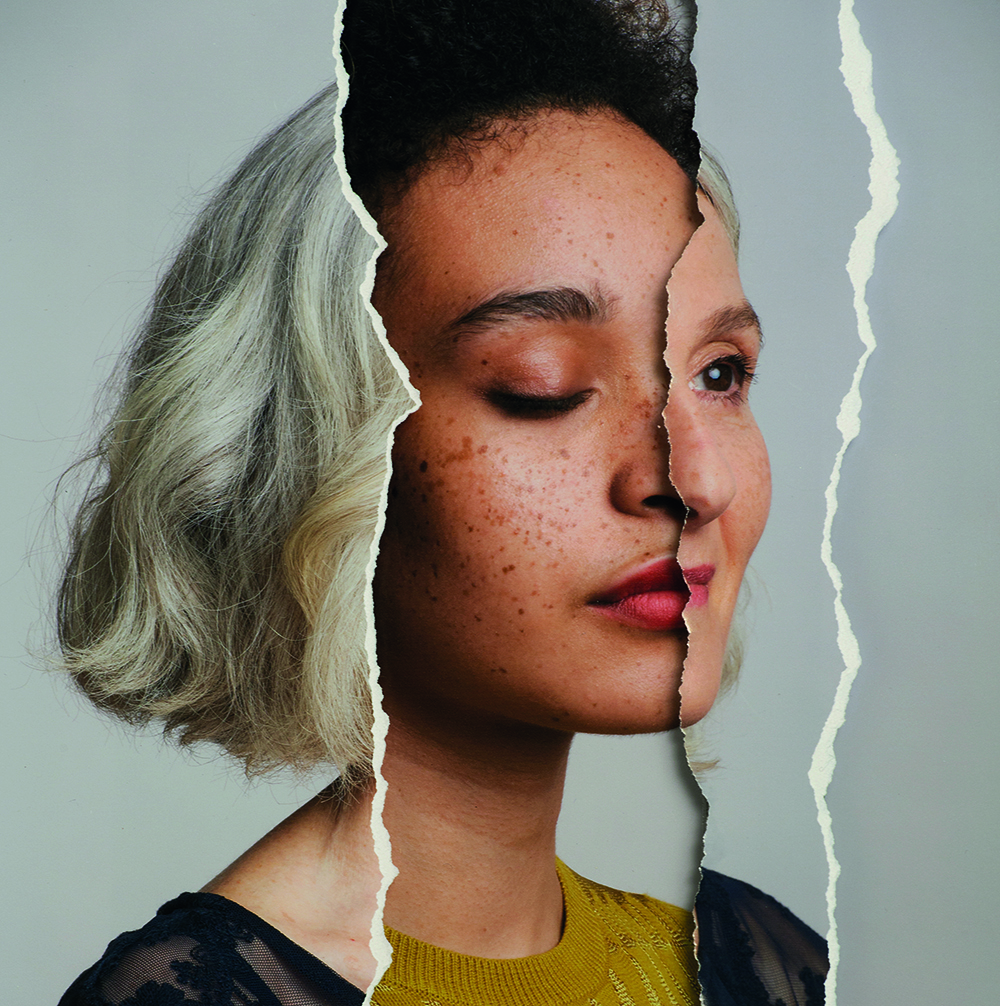How to overcome trauma

What do you understand by the word trauma? Soldiers coming back from Afghanistan, refugees from Syria, 9/11 or the London tube bombings? You might think of survivors of rape, of major childhood sexual abuse. The ‘Big T’ traumas of war, terror, and threats to an individual’s life.
What you probably won’t think of is that time when you were six and your teacher punished you for not finding your homework sheet quickly enough.
Or when, at four, you heard your parents arguing in the kitchen, and you came out of your bedroom to stand at the top of the stairs terrified that they were going to leave.
I’ve been dealing with other people’s trauma all my professional life, as a BBC and Reuters correspondent in the former communist world (another story, for another time), and now as a psychotherapist.
But what I’ve only recently come to appreciate is how not just the big trauma but also more common adverse experiences in childhood can leave our nervous systems stuck in the evolutionary survival mode of fight/flight/freeze/submission, in ways which can hugely compromise our lives.
NEGATIVE EXPERIENCES
Most of us, most of the time, deal pretty well with trauma. Indeed, the most likely outcome from exposure to what are technically called Potentially Traumatic Experiences (PTEs) is recovery, and even what’s now known as Post-Traumatic Growth (PTG), especially when you’ve got good social support.
Sometimes, though, for all kinds of reasons (your history, genes) trauma doesn’t resolve, and can develop into Post-Traumatic Stress Disorder (PTSD), with its characteristic flashbacks and nightmares, emotional shutdown, behavioural avoidance and/or hyperarousal (a state of increased psychological tension marked by such effects as reduced pain tolerance).
Until recently, a diagnosis of PTSD required you to experience loss of life or its threat, and a feeling at the time of intense fear, helplessness or horror. The ‘Big Ts’ in other words: being in a car crash, being mugged, or surviving a bomb attack. That’s now changing, and official manuals are being revised to embrace also what might be termed ‘smaller t’ traumas which can existentially undermine the core sense that we all need of being safe in the world.
While it’s important not to pathologise the ordinary ups and downs of life, today’s improved knowledge of how our brains and nervous systems work does give us permission to explore – and heal – emotional wounding.
JUST LIKE A MOVIE
So how does it work? Recently, I was approached by a woman in her early 60s (let’s call her Mary) desperate to stop her temper tantrums from ruining her marriage. Mary knew that her furious, hyper-critical response to her husband’s purchase of an airgun was way out of proportion.
So we used what in my form of therapy (attachment-focused EMDR, or Eye-Movement Desensitisation and Reprocessing) is called Bridging, to see if she may be re-enacting a childhood drama.
I got her to visualise, like a scene from a film, the most distressing moment of her tantrum with her husband, and to notice the feelings, bodily sensations and self-critical thoughts that went with that.
She recognised that her underlying thought was ‘I’m invisible’, and there was an aching sensation in her heart. And so I asked her to drop back in time, as far as she could go, without censoring what came up.
Within the blink of an eye, we’d travelled more than half a century to the days after her little brother was born, with her two-year-old self screaming inconsolably under a chair. Her stressed parents had failed to see how, with the change in the family system, the bottom had dropped out of their little girl’s safe world.
And here we were, in 2016, with Mary’s core childhood distress triggered by her husband’s purchase as if it were happening right here and right now, all over again.
TRAPPED IN THE BODY
So what happens in EMDR therapy that’s so different from ordinary counselling?
Once we’ve together identified where the roots probably are and connected you with the old story, we unpack the thoughts, feelings and physical sensations that still go with that, and then – here’s what always seems at first a bit whacky – we start short sets of what we call bilateral stimulation.
That can involve either holding a buzzer in each hand, or listening to alternate left-right clicks in a set of headphones, or eye movements as the client tracks the therapist’s hand across their field of vision.
We’re not entirely certain how it works, but bursts of to-and-fro of attention in EMDR seem to replicate what the brain naturally does with Rapid Eye Movements when we’re dreaming, firing up both halves of the brain to rework old traumas and store them safely in the past where they belong.
This happened with my client. After a lot of tears and compassion for that little girl, the wound was cleaned and can now heal.
EMDR therapy is not a miracle cure for every emotional ill. But I and my colleagues find it an effective tool for a wide range of symptoms, from depression and anxiety to the more behaviourally visible forms of mental unrest such as OCD, bulimia and anorexia, ADHD and more.
EMDR therapy is endorsed by the National Institute for Clinical Excellence (NICE) as a mainstream treatment for PTSD, along with Trauma-focused CBT – the approach you’re more likely to encounter in the NHS if you go to your doctor with what you think might be PTSD.
NICE does not recommend ordinary counselling for trauma, and it’s been my experience as a therapist that just talking about the past doesn’t always make a difference to a client’s life in the present.
So, how did Mary’s story end? She went out to buy herself the flowery piggy bank that she’d always wanted as a little girl.
More importantly, she no longer wants to divorce her airgun-wielding husband, but is curious instead to find out, lovingly, what childhood trauma he might be acting out.
Find your balance
If you’d like to explore what from the past might be getting in the way of your present, try this exercise. Focus on a situation that bothers you and freeze-frame that moment as if it were a photograph. Once you see the picture clearly in your mind’s eye, ask yourself the following questions. Just observe whatever comes up for you, don’t judge it.
1. What does the image make me feel, emotionally? Choose just one word.
2. Where is that feeling residing in my body? It could be anywhere, from the heart to the gut to your little toe. Just trust what comes up.
3. What’s the negative thought I have about myself that’s attached to this? It could be anything: I’m not safe, I’m a bad person, I’m incompetent, I can’t handle it.
4. And now, the key bit, drop back in time, as far as you can go, and don’t censor what comes up.
5. Take time, perhaps with a friend, someone you trust, maybe even a therapist, to reflect on how the long-term impact of those old small-t, possibly Big-T, experiences are compromising your life and relationships today.








